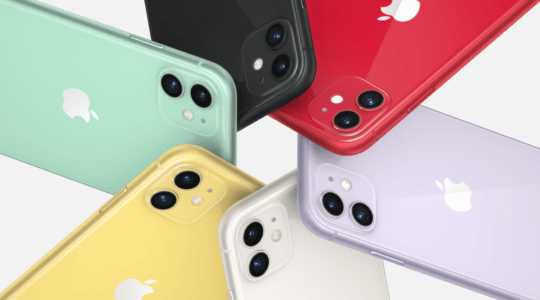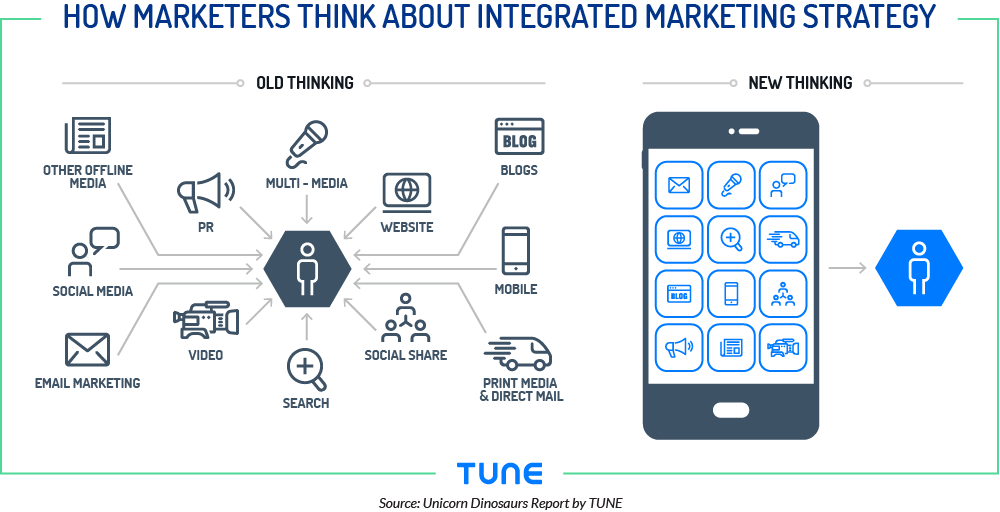
Mobile’s not a channel. We know that. It’s an ecosystem within which all the digital channels increasingly live.
But increasingly, mobile is influencing non-digital channels as well. That’s because mobile is the three-foot PC … the laptop that never leaves our side … the supercomputer in our pockets.
This is part three of a five-part series on Better Together: The elements of paid & organic marketing
Get the entire free report now
So what’s that look like?
In other words, how mobile are the traditional marketing channels? Here’s one way of looking at it:
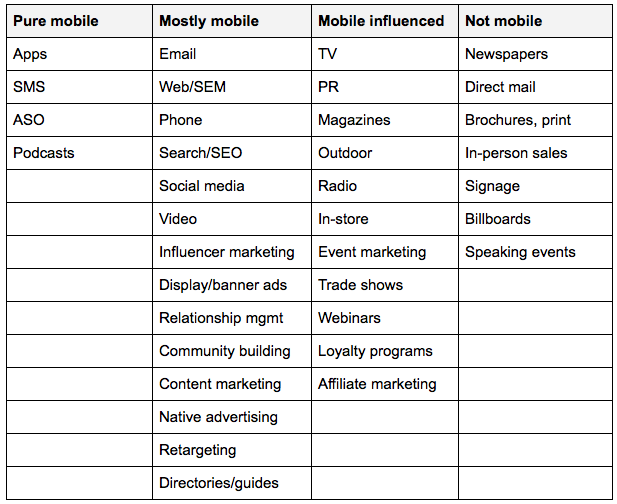
Some are obvious, of course. And some are controversial
Pure mobile marketing channels
App store optimization, or ASO, is about as mobile-centric as you can get.
SMS might have some tendrils on the desktop, thanks to iCloud integration in the Apple ecosystem and Android apps that do similar things for Google’s ecosystem, but it’s 99% mobile.
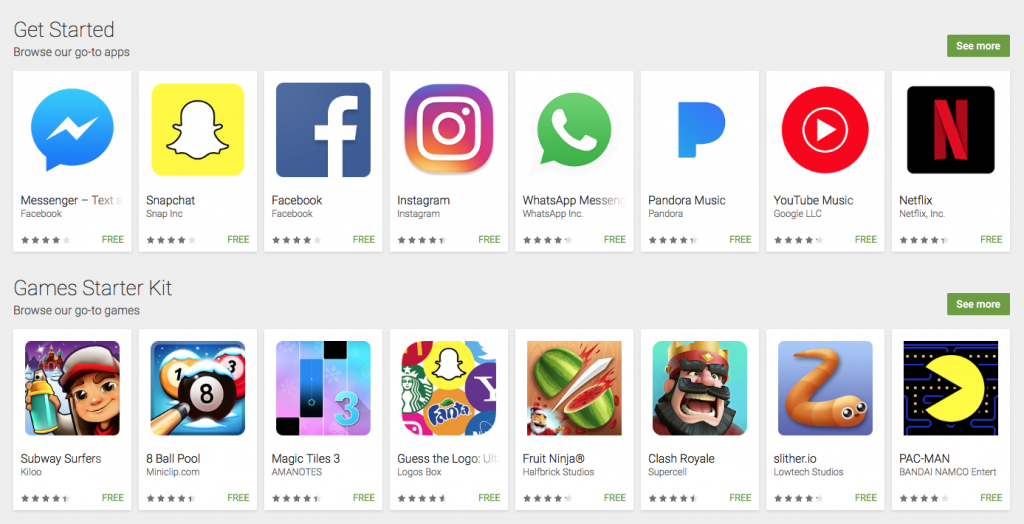
And apps, of course, are pure mobile: born and raised.
Mostly mobile marketing channels
Many of the most important marketing channels are not explicitly mobile, but have come to be mobile.
For example, email has been mostly mobile since 2014, and the web crossed over in 2016.
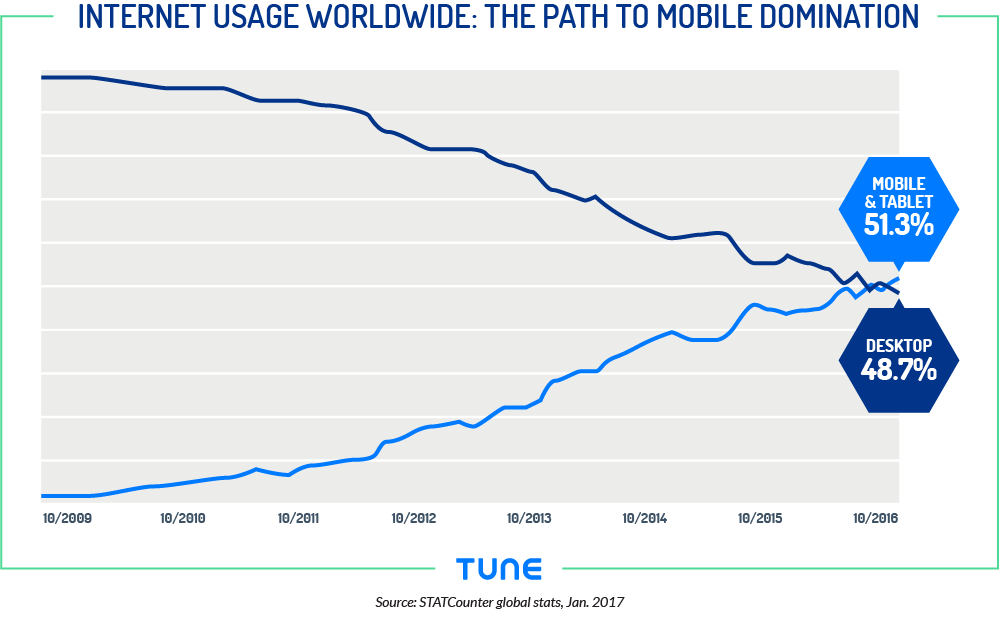
Trailing the rise of apps by perhaps one to three years, almost all media became mostly mobile as well. That includes social media, news, and streaming media … especially music. Video hit its mobile tipping point in 2016, with more than half being consumed on mobile, and all the major ad channels have followed.
Mobile influenced marketing channels
The most interesting category might be Mobile Influenced.
These are definitely non-mobile channels: magazines, radio, trade shows, and so on. (Although iHeartMedia might have a thing or two to say about radio being a non-mobile channel.)
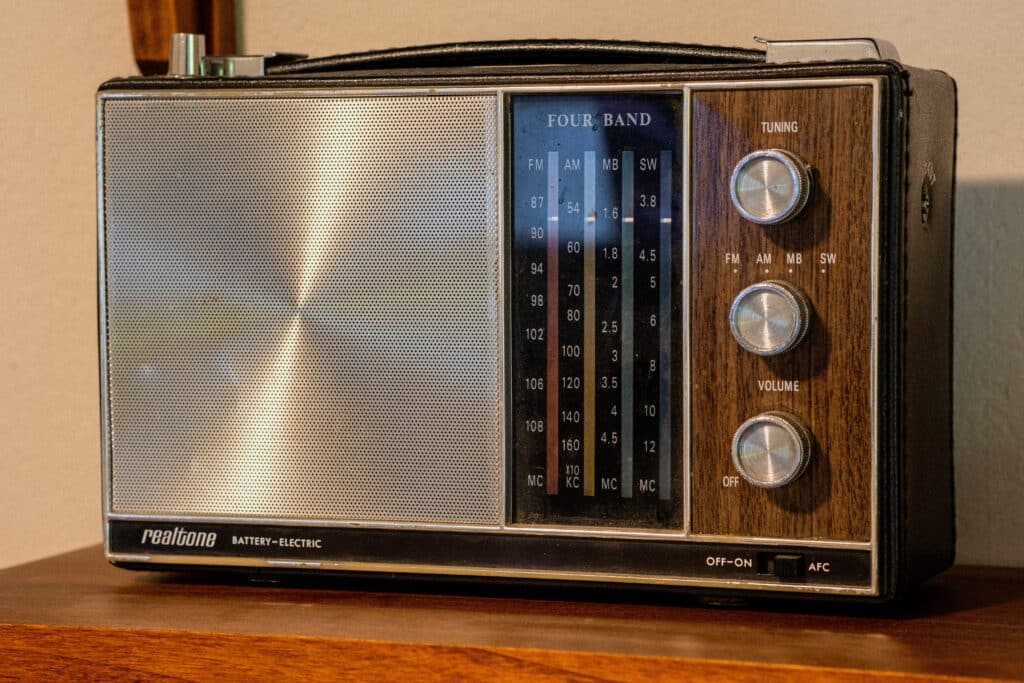
Radio is a mobile-influenced channel … when it’s not fully mobile, embedded in an app. Photo by Alan Rodriguez on Unsplash
But there’s a very real sense that our mobile devices are companions with us in every environment and experience. And that puts mobile influenced channels in the same category as not mobile, in a way.
Not mobile marketing channels … or: everything is mobile?
Truthfully, almost everything could be classified as influenced by mobile. Even channels that are “Not Mobile.”
Why?
We always have our phones with us. Our phones are so much a part of us that the anxiety of forgetting your mobile device, nomophobia, has been proposed as a diagnosable psychological condition in the DSM-IV, the psychologists’ bible.

Image source: Google
Amber Case, a research fellow at MIT and a “cyber anthropologist,” has said that smartphone-owning humans are now, essentially, cyborgs.
That means that even outdoor marketing like billboards and signage spur (mobile) searches and (mobile) calls. Radio ads, naturally, can have the same impact. And paper-based marketing and advertising such as brochures, magazines, and even newspapers tend to have web addresses and email addresses, which are predominantly mobile now.
And just wait for augmented reality to penetrate the mainstream.
As Apple’s ARKit and Google’s ARCore make their way into more smart devices, everything physical will also begin to possess digital attributes, further unifying channels into a digital ecosystem.
Upshot: Mobile marketing isn’t what we thought it was
All of that means that mobile marketing isn’t what we thought it was.
Mobile marketing is just … marketing.
Mobile marketing is not mobile app user acquisition. Nor is it advertising in apps. And it isn’t SMS marketing.
Or rather, it’s not just those things. It’s all of them, plus a lot more.
The entire Better Together: The elements of paid and organic marketing report is available for free. Get it here.
Author
Before acting as a mobile economist for TUNE, John built the VB Insight research team at VentureBeat and managed teams creating software for partners like Intel and Disney. In addition, he led technical teams, built social sites and mobile apps, and consulted on mobile, social, and IoT. In 2014, he was named to Folio's top 100 of the media industry's "most innovative entrepreneurs and market shaker-uppers." John lives in British Columbia, Canada with his family, where he coaches baseball and hockey, though not at the same time.

